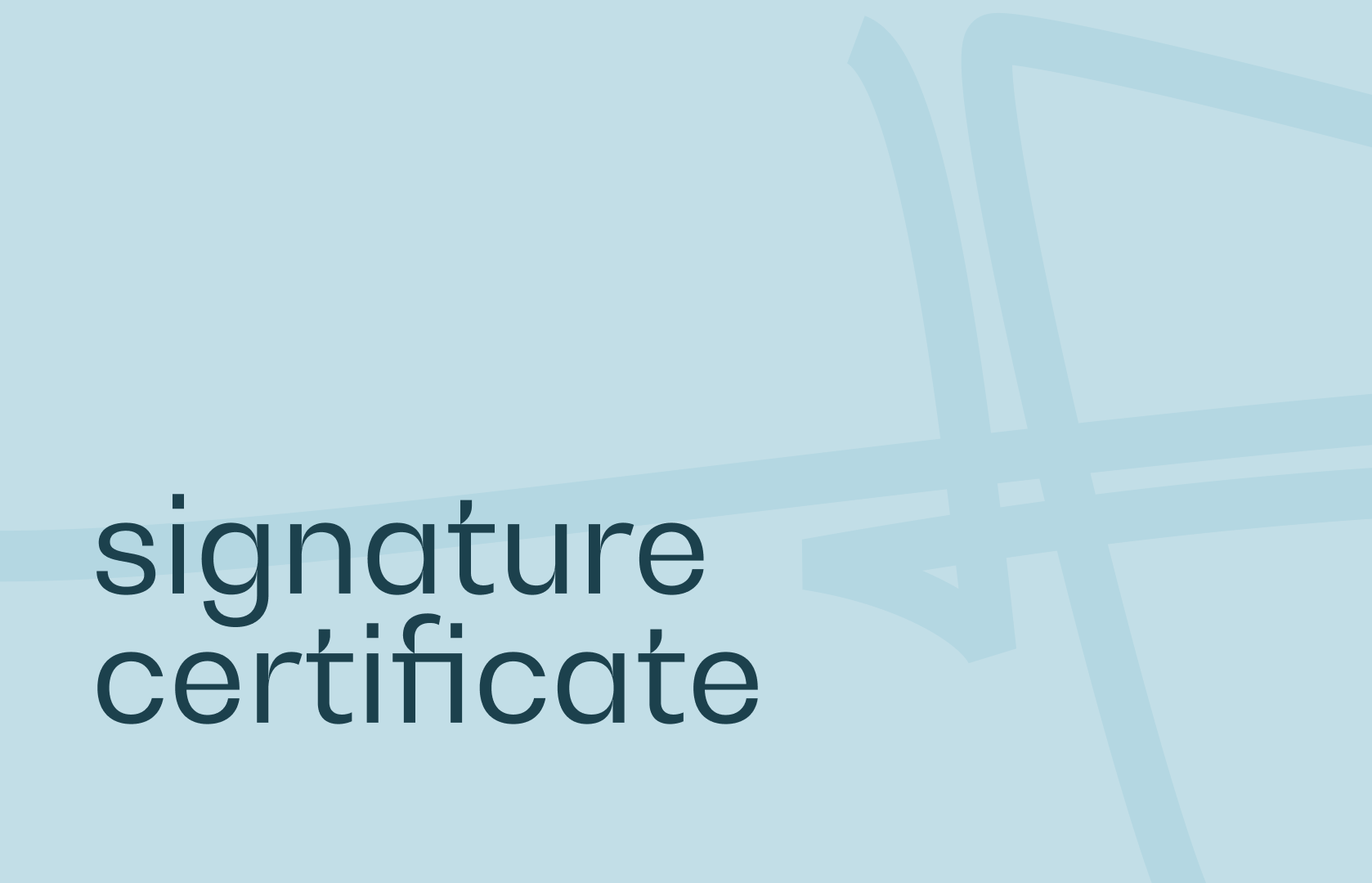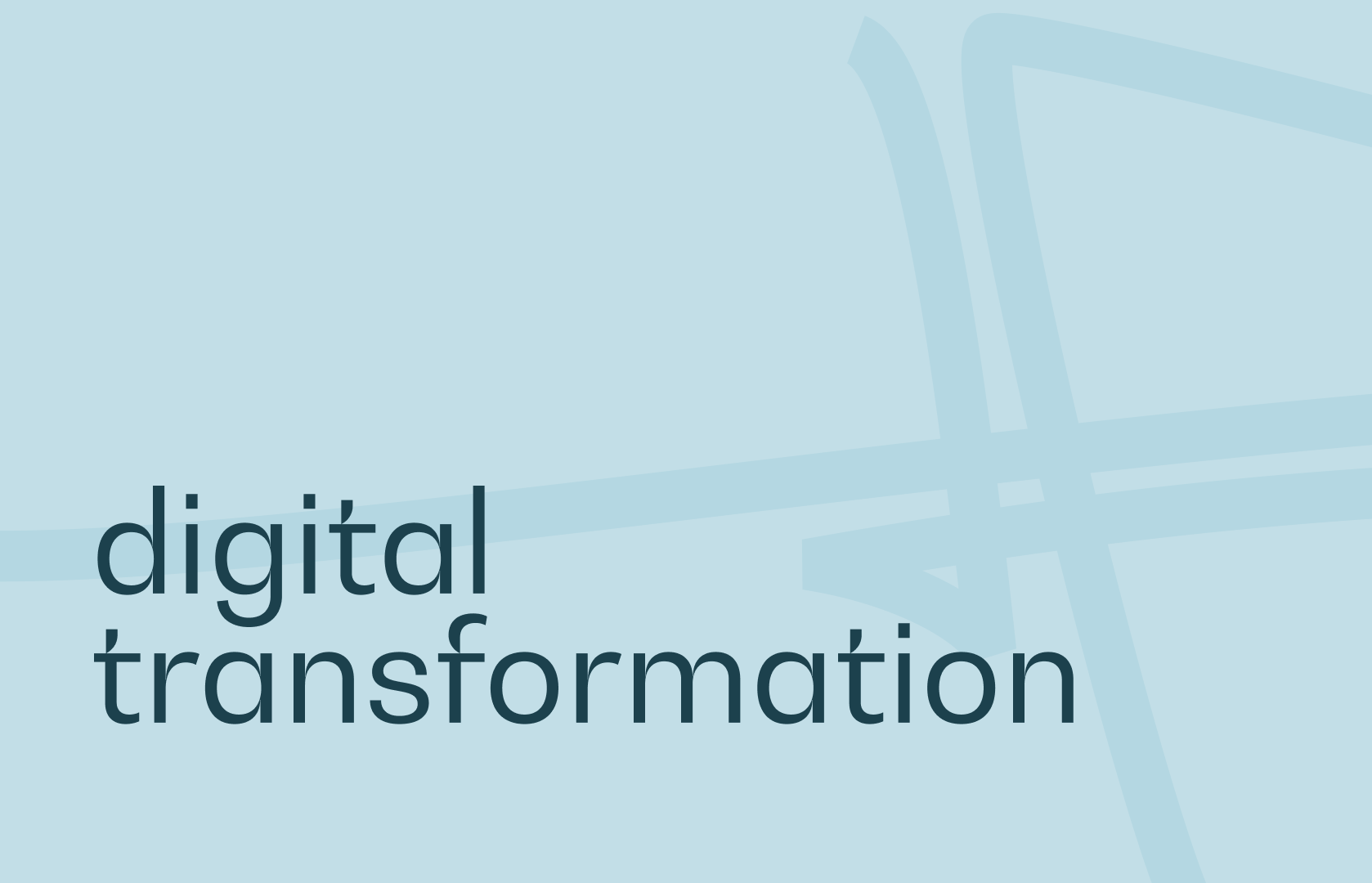Mobile learning is becoming increasingly popular in e-learning. This is undoubtedly due to the accessibility of mobile devices. However, this training modality is often misused. Some organizations abuse it, thinking that it is the very essence of distance learning. Despite all the advantages of mobile learning, you need to use it wisely if you want to benefit from it.
Did you know that :
- 80% of the world’s population uses smartphones
- Productivity improved by 43% thanks to mobile learning
- 30% of smartphone users are already using their devices to improve their knowledge
- 55% of entrepreneurs have boosted their business thanks to mobile learning
What is mobile learning? When should you incorporate it into your training plan? What are the ideal e-learning combinations? Here’s everything you need to know about mobile learning.
What is mobile learning?
Mobile learning is a learning modality that takes place on a mobile device. It is also known as mobile learning or nomadic learning. The distance learning system consists of distributing course modules on media accessible to anyone, at any time. It’s a new way of learning at your own pace, made possible by technological advances.
The difference between e-learning and mobile learning
It’s important to differentiate between mobile learning and e-learning. Their relationship is so close that it would be dangerous to think they’re the same thing, when they’re not. On the one hand, e-learning is a learning model for distance courses. On the other, mobile learning is one of the e-learning training modalities.
| Mobile learning | Elearning |
| Accessible on tablet and smartphone | Accessible on PC and laptop |
| Simple visuals | Richer visuals |
| Anywhere, anytime | When you can open your computer |
| Session between 3 and 10 minutes | Session between 20 and 30 minutes |
If many people confuse the two concepts, it’s because many trainers use mobile distance learning devices to deliver training content. There are so-called “mobile-compatible” training courses and others that are “made for mobile”. The first concerns e-learning capsules that can be consulted both on the computer and on connected mobile devices. The second are formats designed exclusively for smartphones and tablets.
In mobile learning, we speak of pedagogical solutions “made for mobile”. They take several forms:
- applications,
- multimedia files,
- social learning platforms,
- serious games, etc.
All learners will need to be equipped with a mobile training tool to follow the training program.
What qualifies as a mobile device?
So what is a mobile device? Are laptops suitable for mobile learning? The answer is no. Mobile digital tools such as smartphones and tablets are classified in the same order. Today, training organizations are committed to designing modules compatible with different mobile operating systems.
What are the advantages of mobile learning?
M-learning is not an essential part of distance learning. On the other hand, it offers a number of advantages that make it virtually indispensable in e-learning:
- Flexible, mobile learning
- Motivating pedagogical solution
- Easily accessible learning
- Effective learning format
Nomadic learning
Mobile learning is an educational solution for mobile professionals. The majority of corporate agents (80%) are field staff. It is therefore almost impossible to engage them in face-to-face training. What’s more, this would be detrimental to the company’s productivity. Mobile learning is therefore a format that enables learners to learn while on the move, thanks to the use of an internet connection.
Flexible learning
Good training meets learners’ expectations. And flexibility is an undeniable need for any adult who wants to take a course. A mobile course or virtual training program lets you learn at your own pace. Indeed, the strength of e-learning lies in its ability to adapt to the learner. Learners choose the time and duration of their sessions. You can access your mobile online training in the morning, during your lunch break or in the evening.
Motivating learning
This pedagogical format is successful for two reasons: ease and progression. Mobile e-learning keeps learners motivated over the long term. This is because the learning platform is easy to use and doesn’t require much effort. Mobile learning is also perfect for gamifying training. And learners love a challenge.
Easily accessible educational solution
Designing a course isn’t enough: learners also need to be able to access it. Hence the importance of mobile learning. According to Statista statistics, 84% of the French population own a mobile device. Neither the company nor the training organization is obliged to equip learners with a mobile device. Nor is introductory computer training necessary.
Efficient virtual learning
Distance learning in m-learning is interesting in terms of cost, whether financial, material or hourly. And yet, it proves to be a real performance lever for both the individual and the company. Progress is rapid, without any particular deployment of resources. And it’s also a guarantee of learner commitment.
When should mobile learning be used?
An effective training plan combines different learning modalities, depending on the needs of the learners. For example, mobile learning is not always relevant to e-learning. Sometimes, however, it is essential.
Anchoring and long-term memory
The most effective teaching formats are those that deliver long-term results. The acquisition of information becomes permanent. This is because the information is anchored in long-term memory (LTM). This is due to intelligently spaced repetitions. Hence the importance of regular revision.
Mobile learning is an ideal medium for anchoring in LTM. For example, scheduled notifications enable you to review course outlines from time to time.
Evaluation
Validating learning in digital learning is made easier with mobile learning. In fact, a simple quiz taken on the cell phone can increase learner engagement. It is also possible to introduce fun learning activities such as serious games or escape game learning. This approach is ideal for on-the-spot evaluation, formative questionnaires or progress assessments.
Mobile learning assessment is also useful for trainers. Learners are more inclined to give feedback on a simple platform. And this is vital for improving the training program.
Microlearning
Microlearning doesn’t always mean mobile learning. However, it is the most suitable modality for small courses. Learners spend less than 5 minutes consulting their learning resources and training tools: videos, audios, PDFs, etc. It’s a good idea to distribute them on mobile to simplify the process..
Hybrid digital training
E-learning training organizations rarely use mobile learning alone to train learners. It is a pedagogical support that accompanies other modalities such as blended learning. As previously stated, mobile learning is a review and assessment tool. It is also possible to set up a discussion forum for social learning.
How do you set up a mobile learning course?
Mobile learning is a modern approach to learning that offers students greater flexibility and access to learning content. To implement mobile learning, the training organization must :
1) Define training objectives, targets and duration
The first step is to define the pedagogical objectives of digital learning. In addition to acquiring new skills, the objective must be more specific. You need to decide on the training theme. It’s also important to identify the target audience, so as to determine the most appropriate modalities. And, of course, the duration of the course must be determined in advance.
2) Develop the pedagogical plan
It’s important to know what means are available or need to be deployed to achieve the objectives. This is the time to list the ideal e-learning combinations for the designated type of learner. This task requires the collaboration of several managers within the company: the Human Resources Manager, the Training and Skills Manager, the Marketing Manager and the head of the relevant learner department.
3) Define a communication plan
The communication plan is essential to ensure learner commitment. Start the campaign a few months in advance to reach the maximum number of people. It’s a good idea to involve leaders in inviting people to the training. It is necessary to explain all the training procedures so that all learners are ready when the time comes.
4) Evaluation system
Last but not least, we need to think about the type of assessment that best suits the course and its target audience. Is a face-to-face exam compulsory, or will a mobile quiz at the end of the course do the trick? Then there’s trainer evaluation, to find out how learners rate the virtual classes. For this, the LMS (Learning Management System) platform is efficient and practical. Not only does it enable learners to follow the training, it also enables trainers to manage the training course.
How to optimize mobile learning?
First and foremost, learners must be willing to receive learning content. This means addressing their difficulties. These include equipment. You have to make sure that every learner (manager, worker, trainee, etc.) has mobile digital tools compatible with the training. For those who don’t, you need to give or lend them.
Then there’s the pedagogical question. How will the training be presented? Gamification is most effective with learners of all ages. Indeed, they like to solve puzzles to earn points and progress in level. Designing a course where learners are confronted with a real-life situation also works.
In addition, it’s always important to facilitate social learning for this kind of training offer. It’s a way of encouraging exchanges between learners. It keeps them motivated. This modality also proves beneficial for team cohesion. It is therefore essential to add a discussion forum to the e-learning platform.
In this blog post, we’ve answered the question “What is mobile learning?” and explored some of the benefits of using mobile devices for learning. We’ve also looked at how to implement this mode of learning and optimize its effectiveness. If you’re looking for more information on modern forms of learning, be sure to check out our other articles!




